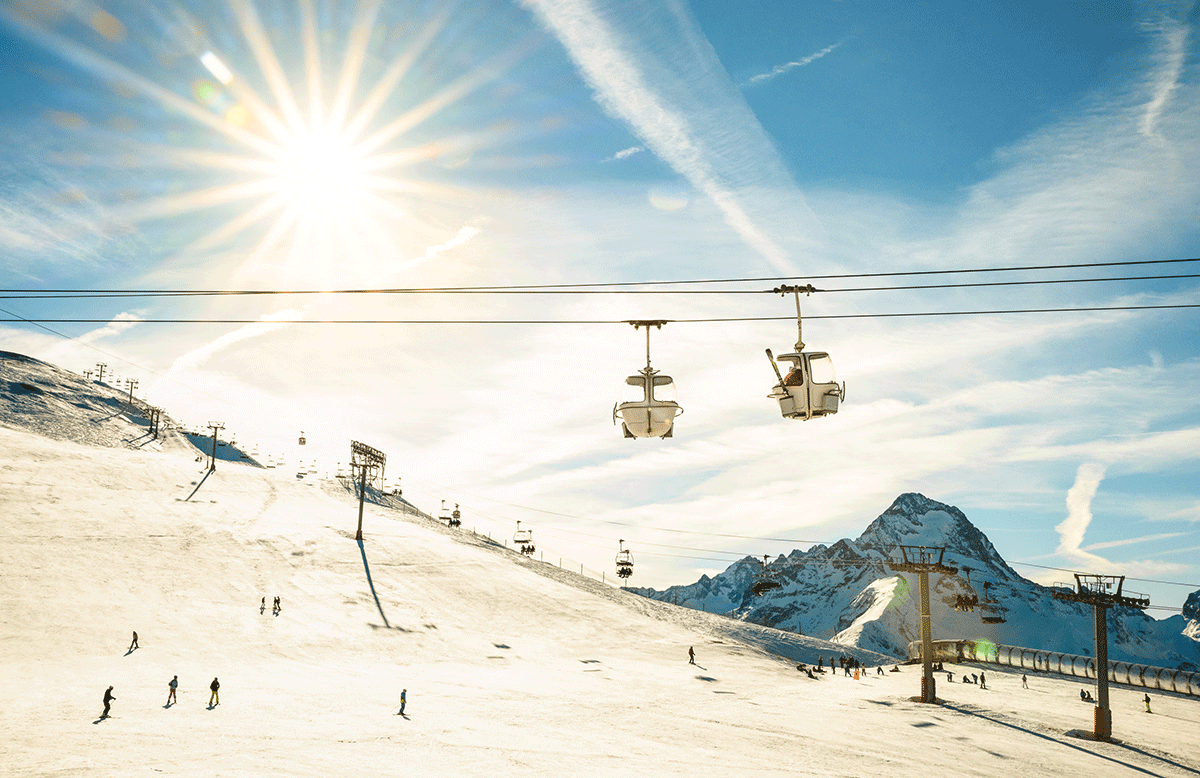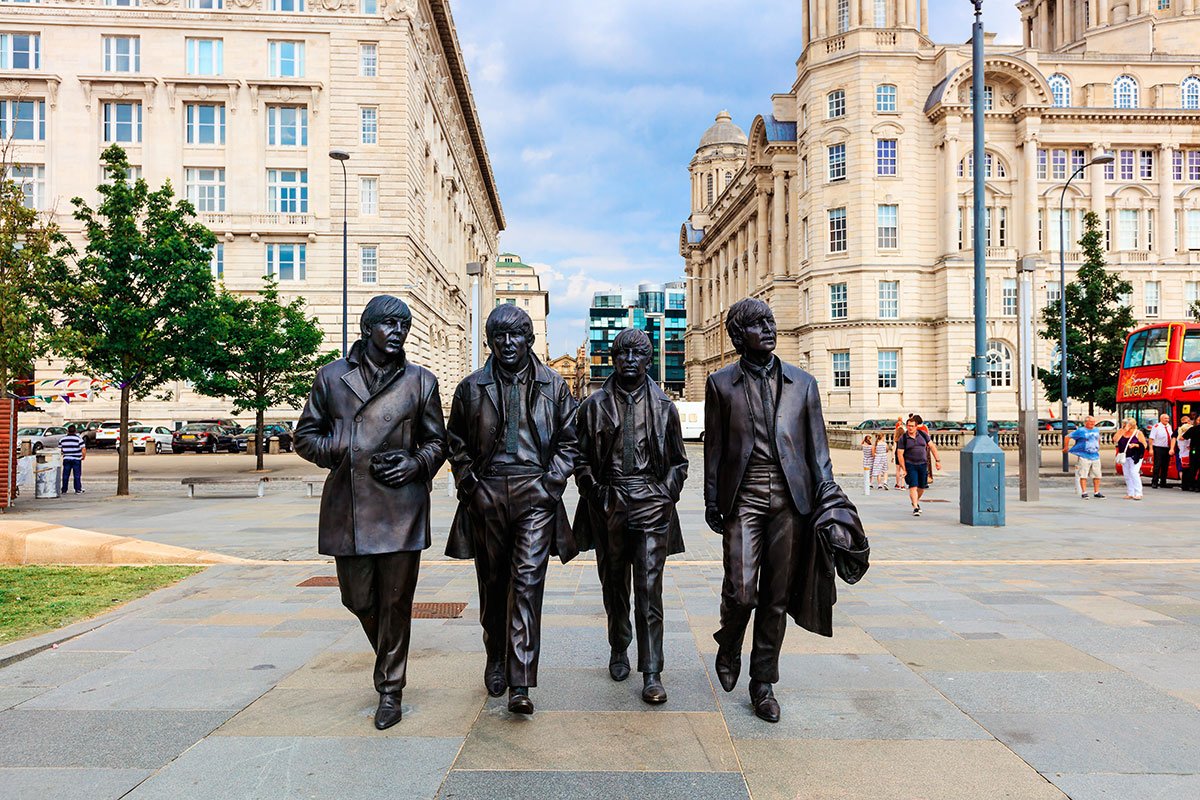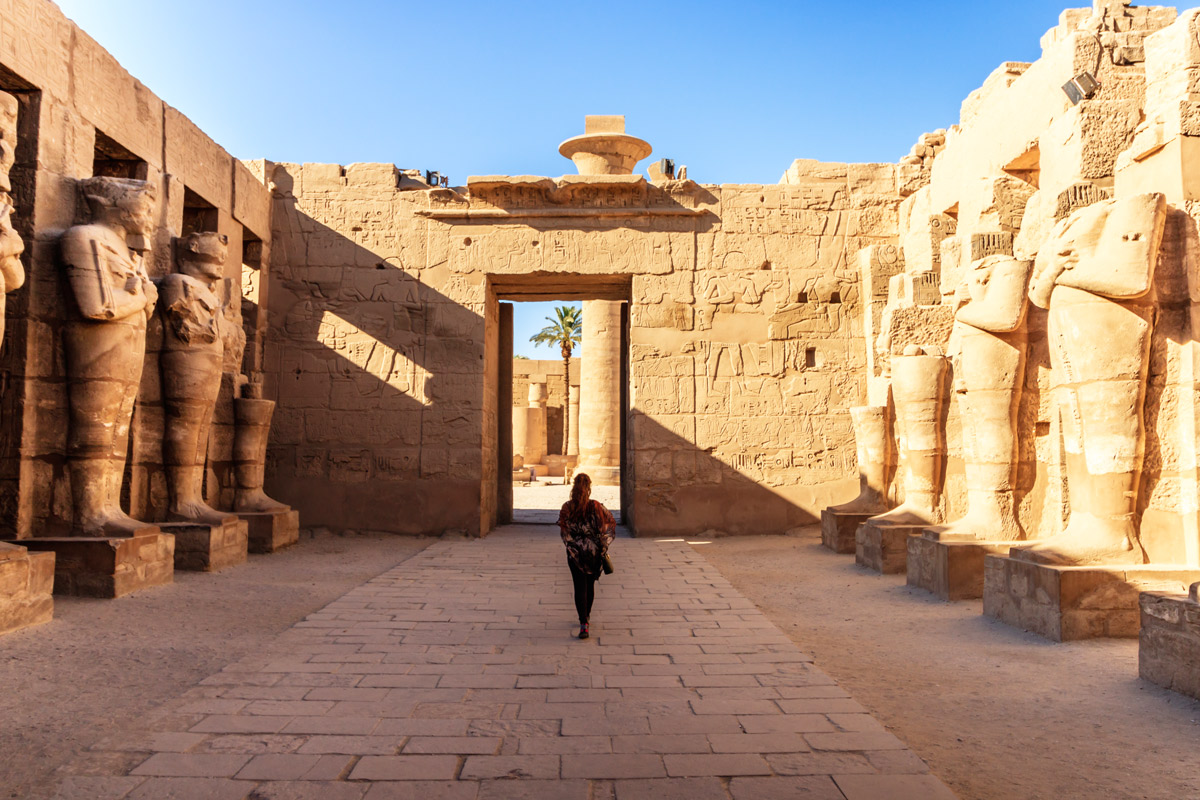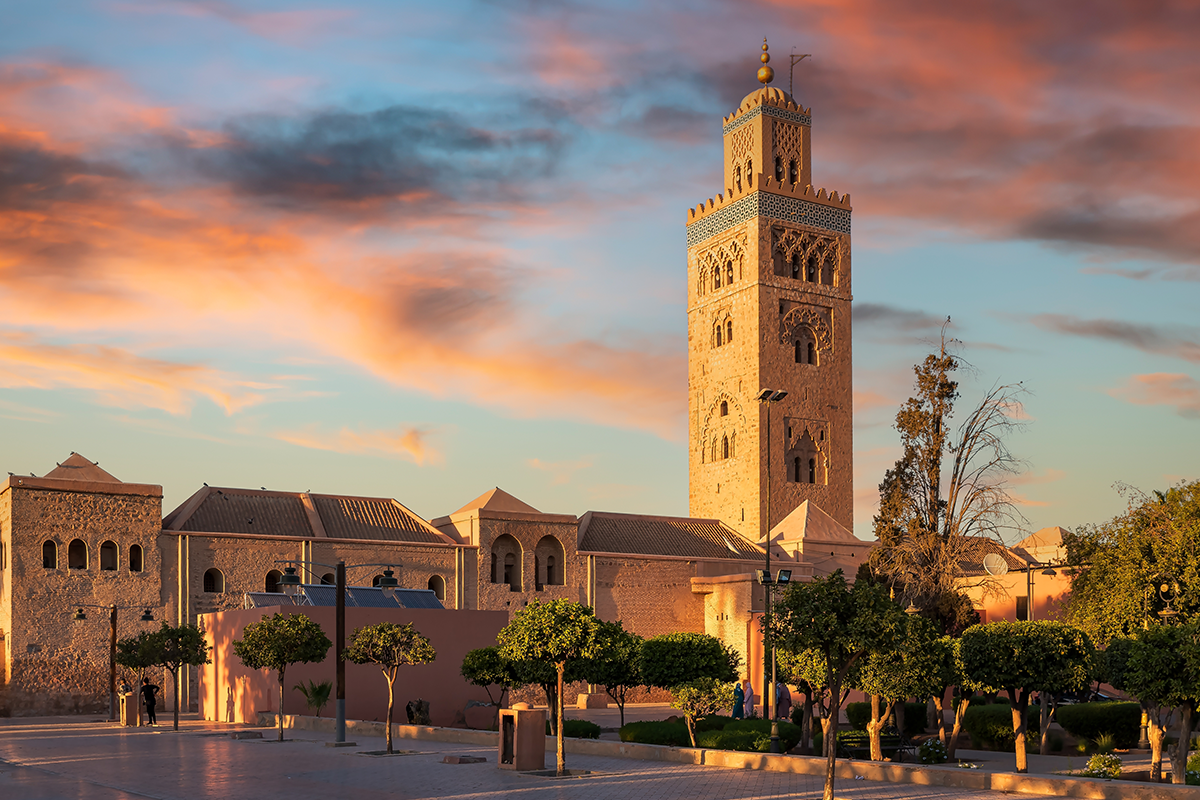Are you ready for your next adventure but not quite sure if it’s the best time to travel to your chosen destination? Expat Explore have you covered! In this article, we’ll take a look at Tourism seasons: High season, low season and shoulder season, as well as the best time to visit different regions.
There’s a great, big world out there just waiting to be explored, and all sorts of climates that go along with it. Furthermore – you can experience wholly different climates within one country at the same time of year, depending on the regions you visit. Read on to discover the best time is to travel to some of the world’s most popular destinations!

Picking the best time to visit according to tourism seasons
Each travel destination will have its tourist seasons. These seasons are usually divided into high (peak) season, shoulder season, and low season. Deciding where to go at what time of the year will usually rely heavily on which season you prefer to travel in. Have a look at the pros and cons of each tourist season below.
High season
This is the busiest time for tourism. Usually when the country is experiencing its best weather, high season – or peak season – brings busy crowds and high rates. This can often give it a bad reputation, and many seasoned travellers will avoid travelling during high season to avoid the crowds.
However, depending on your vacation or destination of choice, the high season can be the best time to visit. You’ll see the best weather, meet loads of other travellers, and possibly even experience better service since hospitality staff are very geared up to serve visitors.
High season is the perfect time to travel for those who want the full tourist experience of a destination. If you are willing to pay the demanded price tags, don’t mind sharing attractions with plenty of other tourists, and want ideal vacation weather, high season is your best travelling option.
Important to note: The best weather will depend on the country. For instance, Switzerland’s high season falls in winter, which is the best time for tourists to enjoy skiing in the Alps. On the other hand, Hawaii’s high season will be in summer, making it the best time to travel to enjoy its amazing beaches.

Low season
Low season is the exact opposite of high season. During this time, very few tourists are around, and prices for those who do visit are usually considerably lower. However, the shorter lines and cheaper rates come with a different expense…
For most destinations, the low season means unfavourable weather, fewer touristy activities, and in some instances, fewer accommodation and transport options. In some locations, resorts and hotels will close during low season and flights may be fewer and further between.
Low season doesn’t appeal to everyone. But for those who are happy to deal with alternate weather, and are looking for a peaceful holiday, it can be the perfect time to travel.

Shoulder season
Often the forgotten season, shoulder season can save you money, and offer you a fantastic trip. Shoulder season is the season in between high and low season. This usually falls in and around spring and autumn.
Many people don’t think about the shoulder season when looking to book their trips. But it is often the best time to visit anywhere. If you go right after high season, you’ll find many of the tourist attractions still open, without the long queues and crowds.
Visiting soon after the low season can also be a great option, since you’ll likely find still-low prices, as the weather begins to warm up, and the crowds have not yet arrived.
This season can sometimes mean unpredictable weather patterns, though, so packing correctly for shoulder season is an important task!

Great times to travel to the best destinations
Now that the tourist seasons make a bit more sense, where should you plan your next trip to? Each country has its own unique season, and some are perfect holiday destinations year-round. Have a look at the destinations below, and see their best tourist times, and what to expect from each.
Best Time to Go to Europe
High season in Europe is usually summertime. The months of July and August are the hottest, and most European countries experience their busiest times during these months. This is also due to summer school holidays in Europe, making it prime time for travellers and local families alike.
Low season falls in winter (outside of the festive season) in most of Europe, so you’ll find great deals on accommodation and experiences. However, you’ll also get limited daytime hours, and will need to plan your outings accordingly. Winter in Western Europe is usually full of magical experiences and great travel deals, making it the ideal time to go for many.
Shoulder season weather in Europe is fickle. Depending on where you’re headed, you may encounter snow, rain, or sunny days on end. The one big advantage is that you’ll enjoy a more authentic travel experience. There are fewer tourists around, and the locals are going about their day without the hassle of holiday crowds, so you’ll be able to merge seamlessly with the fabric of their everyday life. If you do want a shot at warmer temperatures, opt for destinations in Southern Europe, like Spain, Portugal, Croatia or Italy.
Still not sure about the best season to visit Europe? Have a look at our Europe season guide and get all the info you need.

Related: Discover the magic of Spain & Portugal in Low Season!
When to travel to the USA
The USA is vast. The climate ranges from one state to the next, but summer tends to be high season no matter where you go. As such, attractions like the Statue of Liberty and Central Park, as well as national parks like Yellowstone and Yosemite, tend to be pretty crowded. You’re also likely to pay high season entry rates wherever you travel.
June to August is a very popular season with travellers since the days are warm across the country. During these months, the southern states like Texas and Florida are hot and even slightly tropical, while the northern states like New York and Washington experience warm days and cooler evenings.
Winter in the USA runs from November to March, and (as with summer) prevailing conditions differ from one state to the next. The southern states don’t dip too low in terms of temperature, so you’ll be able to explore with a few light layers and a parka. In the north, however, things tend to get quite wet and snowy. You’ll also enjoy low season rates everywhere, apart from ski resorts and warmer getaway spots (score!). Larger cities like Chicago and New York embrace the cold weather with winter events and festivals, so there is plenty to see, do and enjoy, no matter how cold it gets!
Shoulder season in the USA is synonymous with fewer crowds and milder temperatures. It is often the best time to tick off some of your American landmarks bucket list spots. Springtime brings blossoms, and fall is quite spectacular, especially in the New England region, where the golden and amber hues of the changing leaves attract visitors from far and wide.
Green spaces in cities like NY and Washington also put on quite the show. Hawaii stays balmy and tropical for large parts of the shoulder season, so if you want some sand and surf you can still enjoy fine temperatures on the island.

Best time of the year to travel to the Middle East: Jordan and Turkey
Shoulder season in the Middle East is during the summer months. The period between June and August is a water lover’s paradise in countries like Jordan. Turkey’s summer offers fantastic coastal temperatures, but inland the heat can be stifling.
During high season, the beaches in these countries bustle with visitors who flock here to take advantage of the wonderful weather and waterside attractions like beach bars, etc. It’s also prime time for water sports like skiing and snorkelling. It’s best to stay close to the coast, however, so that you can find relief from the heat in the cool seas.
Winter in the Middle East is the official low season, but is a great time to visit for those who prefer to avoid sky-high temperatures. Turkey in winter still provides many tourist opportunities, including scenic skiing, while Jordan offers some amazing hiking opportunities during winter.
Shoulder season means more mild temperatures and excellent sightseeing opportunities throughout the Middle East. This is the prime time to view the ancient heritage of Turkey’s inland towns and cities. There are also many festivals happening in Turkey’s shoulder season, as well as fantastic activities on offer.
For Jordan, the shoulder season can sometimes be just as busy – if not more – as the high season. This is because the relief from the smothering heat offers better opportunities to enjoy popular landmarks. This can mean that prices are not as low as would be expected, but it’s definitely a worthwhile time to visit.

When to go to North Africa: Egypt and Morocco
Egypt’s high season falls between the winter and spring months of October to February. Temperatures are warm, but not too hot, and this draws in large crowds. Days are usually a comfortable warmth, while nights become a bit colder. You can expect Egypt to be busy during these months, and prices to be quite costly.
The low season in Egypt, from May to October, brings intense summer heat, especially in desert areas. It’s not ideal for young children or older travellers. However, if you can handle the heat, there are perks. Think scuba diving in the Red Sea, exploring Cairo’s air-conditioned museums, or a magical sunset at the pyramids with fewer crowds.
February to May marks the shoulder season in Egypt. The weather is mostly comfortable, though sometimes unpredictable. Keep in mind that March to April is Khamsin wind season, when hot, dry winds stir up sandstorms—a dramatic, if slightly wild, backdrop for desert adventures. Fewer tourists travel during this time, making it a great option for a quieter visit.

In nearby Morocco, the best time to travel is typically March to May or September to November. During these months, temperatures are milder and more pleasant for exploring everything from Marrakech’s souks to the Atlas Mountains.
Summers (June to August) can be extremely hot, particularly inland, though coastal areas like Essaouira remain cooler. Winters (December to February) bring chilly nights and occasional snow in mountain regions, but cities like Marrakech and Fes remain vibrant.

Best time of the year to visit South Africa
Even though South Africa’s climate is usually enjoyable year-round, high season is considered to be in the summer months (December – March). This is the best time to partake in the many outdoor adventures and activities that the country has to offer and to escape the winter of the northern hemisphere.
The country falls across a few longitudinal sectors. Cape Town and its surrounds are dry and hot, while Gauteng experiences summer showers. The weather around the coast tends to be pleasant and temperate.
While low season falls in winter, this is the southern hemisphere winter. As such, weather is cooler than at other times of the year, making for pleasant days and chilly nights. There are still plenty of things to do and places to visit in the major cities. The majority of the hotels in the country stay open for the winter months, but you can expect to find cheaper deals on accommodation, transport and activities.
Shoulder season in sunny South Africa is less obvious than in other places. The country has such mild weather that spring and autumn in places like Cape Town can actually feel like full-blown summer in Europe. However, as with the rest of the globe, the weather tends to be a little unpredictable, but if you go prepared with a waterproof jacket and plenty of light layers, you’ll do fine. These in-between seasons are also ideal for animal encounters.

There you have it – a concise guide to when to travel where if you’re planning your holiday according to the seasons. You should now have an answer to “when is the best time to visit?” your favourite destinations. As well as a clear idea of where you should head next.
All that’s left to do is book your tour, pack your bags, and mark your calendars. Our Expat Explore tours are scheduled during the best times to visit each location. We do the thinking and all you need to do is join and enjoy!






